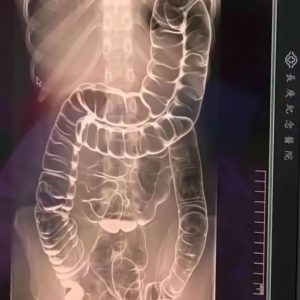
Electric kettles are found in almost every modern kitchen. They’re fast, convenient, and efficient. But not all kettles are created equal. In fact, using the wrong kind of kettle—or using it improperly—can quietly expose your body to harmful chemicals and even increase the risk of cancer.
Recently, one category of kettle was flagged for containing carcinogenic substances that may damage the liver. Concerned experts, such as Dr. Xu Hao of Anhui Provincial General Hospital (China), have urged families to check their kettles right away.
If yours falls into one of the categories below, it’s time to throw it out and avoid buying the same type again.
1. Low-Grade Stainless Steel Kettles

Not all “stainless steel” is truly safe. Cheap or counterfeit versions may contain mixed alloys that release heavy metals like lead, cadmium, and nickel when exposed to high heat.
These heavy metals are known carcinogens, capable of:
- Damaging the nervous system
- Weakening the immune system
- Altering DNA at the cellular level
Safety tip: Look for markings such as SUS 304, Inox 304, or 316 stainless steel. These are food-grade and do not corrode or leach harmful metals. If a kettle doesn’t clearly specify this, it’s best to avoid it.
2. Rusty or Peeling Kettles
When the inner protective layer of a kettle starts peeling or rust appears at the bottom or along the walls, it’s more than just an eyesore. Harmful substances like iron oxide, nickel oxide, and chromium can leach into boiling water.
Once inside the body, these toxins may harm the liver, kidneys, and digestive system. Over time, they can also trigger cell mutations that fuel the growth of cancer.
The risk is especially concerning if this water is used daily for baby formula, tea, or coffee, as toxins can accumulate silently in the body.
3. Plastic Kettles Made of Thin or Low-Quality Material
Cheap kettles made of flimsy plastic may soften or warp when exposed to heat. Many are manufactured from recycled or substandard plastics that aren’t food safe.
When boiled, these plastics can release bisphenol A (BPA) and phthalates—chemicals the World Health Organization (WHO) has linked to:
- Br.ea.st and prostate can.cer
- Hormonal disruption
- Reduced fertility
Warning signs include:
- A strange plastic odor when boiling water
- Yellowing of the kettle over time
- Walls becoming soft or misshapen when hot
4. Kettles with Strange Odors or Heavy Scaling

If your kettle smells unusual (plastic-like, metallic, or burnt) or has thick brownish-yellow buildup at the bottom, the water it produces is no longer safe.
Possible causes include:
- Mineral deposits (calcium, magnesium) from repeated boiling
- Food residues or bacteria left after boiling milk, noodles, or tea
- Damage to the heating coil, releasing anti-rust chemicals into the water
Over time, consuming such contaminated water may contribute to:
- Digestive disorders
- Kidney stones
- Chronic gastritis or colitis
These conditions increase the risk of gastrointestinal cancers.
Bottom Line
Electric kettles are convenient, but unsafe models can quietly endanger your health. If yours is rusty, made of poor plastic, built with low-grade steel, or gives off odd smells and scaling—replace it immediately.
Every cup of water should support your health, not silently threaten it.




